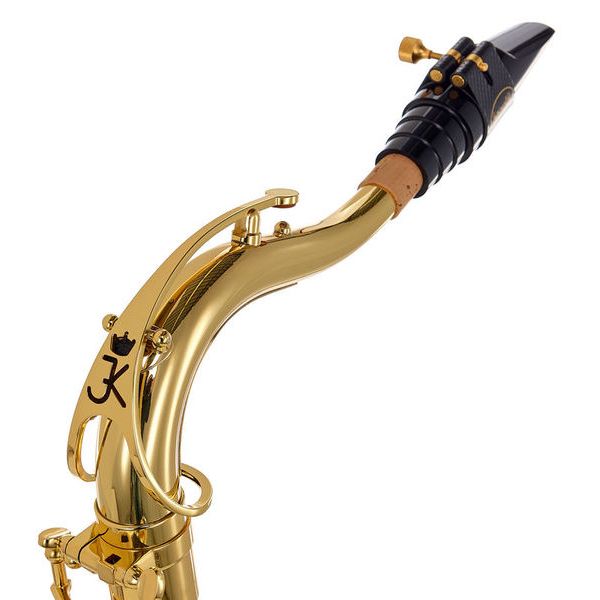

In addition, the keys on soprano, alto, tenor and baritone saxophones are all essentially the same.

What’s more, each of their tubes blossom into a bell-like shape at the end of the horn - a part known, fittingly enough, as the bell.

Similaritiesįor starters, all saxophones, regardless of type, are conical, meaning their tubes or bodies widen from the mouthpiece to the end of the instrument. Today, there are only a few types in common use - predominantly the soprano, alto, tenor and baritone - and the instrument more often plays a role in contemporary jazz and rock, where it is typically used for soloing as well as main melody and underpinning. Indeed, the saxophone is the only woodwind made of brass, yet it uses a reed mouthpiece.Īt first, there were as many as 16 varieties of saxophone, which were primarily found in orchestras and used to play classical music. Invented by Belgian musician Adolphe Sax (hence: saxophone) in 1846, the original idea was to create an instrument that would bridge the sonic gap between brass instruments and woodwinds. In this article, we’ll take a closer look at what differentiates the four most common types of saxophones, but first let’s talk a little about the history of this fascinating and exceptionally versatile instrument. On occasion, they even swap out their saxes from song to song.Įver wonder why? If you guessed it’s because each type of saxophone makes a slightly different sound, you’d be right, but the differences don’t end there. If you’ve ever watched a horn section onstage, you may have noticed that the sax players are sometimes playing different-sized instruments, even ones that have different shapes.


 0 kommentar(er)
0 kommentar(er)
